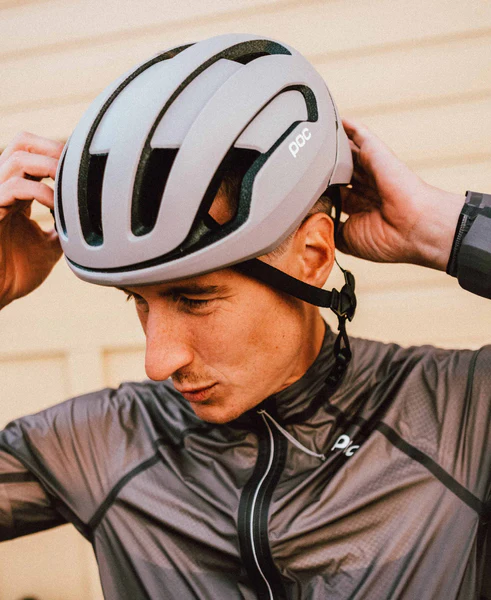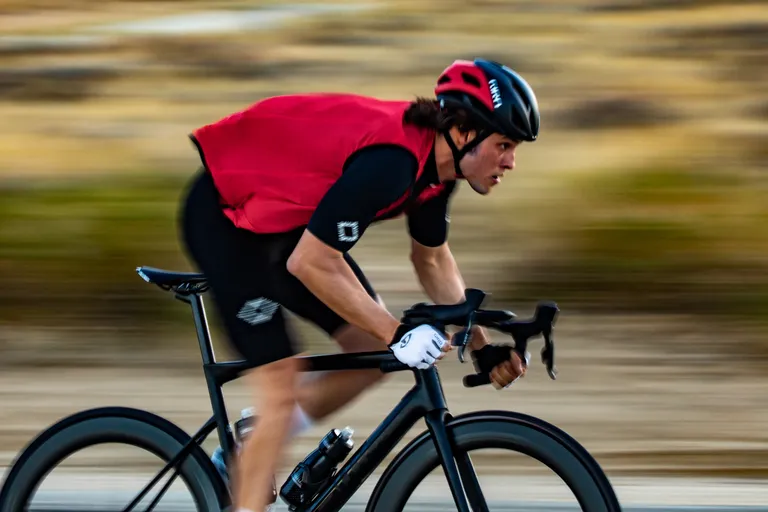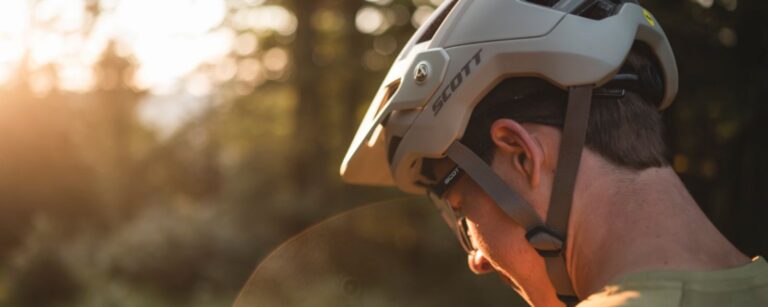Securing Your Safety: Expert Tips for Adjusting Gravel Helmet Straps for Security
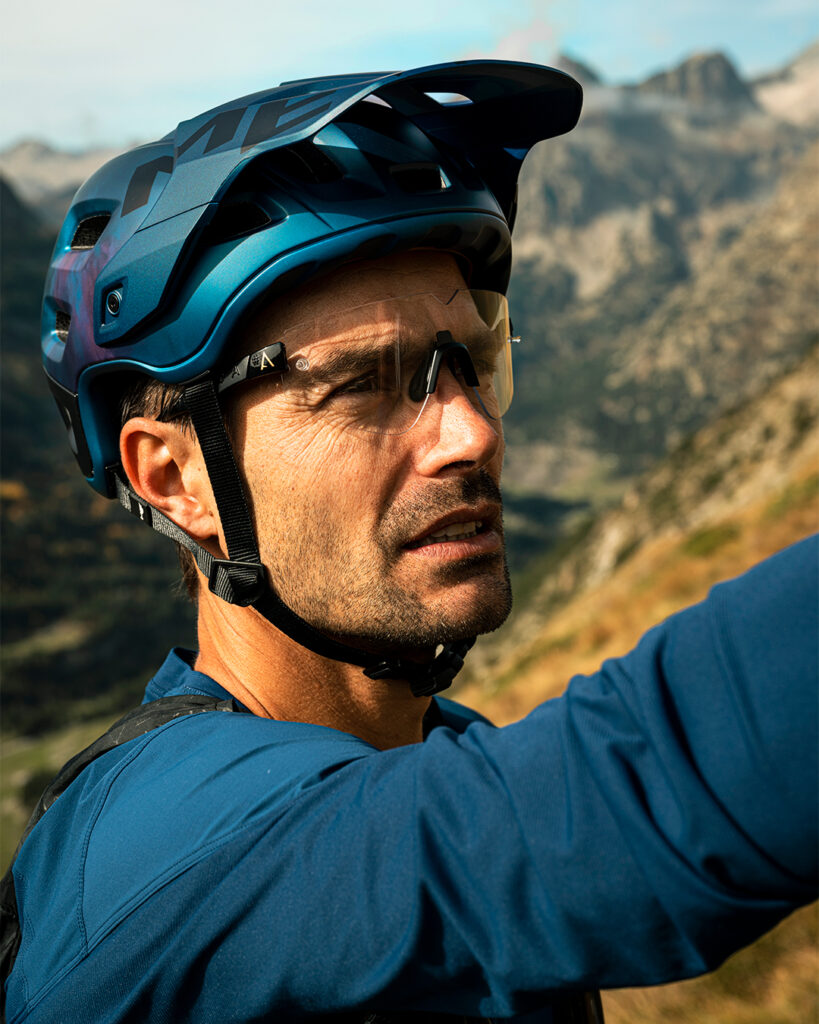
Key Point Summary of Adjusting Gravel Helmet Straps for Security:
- Adjusting Helmet Straps: Understanding the right way to adjust helmet straps for optimal fit and security.
- Helmet Security: Importance of a securely fitted helmet in preventing injuries.
- Cycling Safety: Recognizing helmet adjustment as a crucial aspect of overall cycling safety.
As a masters cyclist with years of experience in racing and riding across various disciplines like mountain biking, gravel biking, and cyclocross, I’ve learned the critical importance of properly adjusting helmet straps for ensuring safety and security. This knowledge is particularly vital for beginner to mid-level cyclists who are still navigating their way through the essentials of cycling safety.

The Art of Adjusting Helmet Straps
Correctly adjusting your helmet straps is not just about comfort; it’s a crucial safety measure. A well-fitted helmet can be the difference between a minor incident and a serious injury. The straps should form a V shape around your ears and meet just below your earlobes.
Getting the Perfect Fit
The helmet should sit snugly on your head, level and stable enough that it doesn’t rock forward, backward, or side to side. The chin strap should be tight enough that you can only fit one or two fingers between your chin and the strap. When you open your mouth wide, you should feel the helmet hug your head.
Regular Checks and Adjustments
It’s essential to regularly check your helmet straps for wear and tear. Over time, straps can stretch, and buckles can loosen, making your helmet-less secure. Before every ride, do a quick helmet check to ensure everything is in good working order.
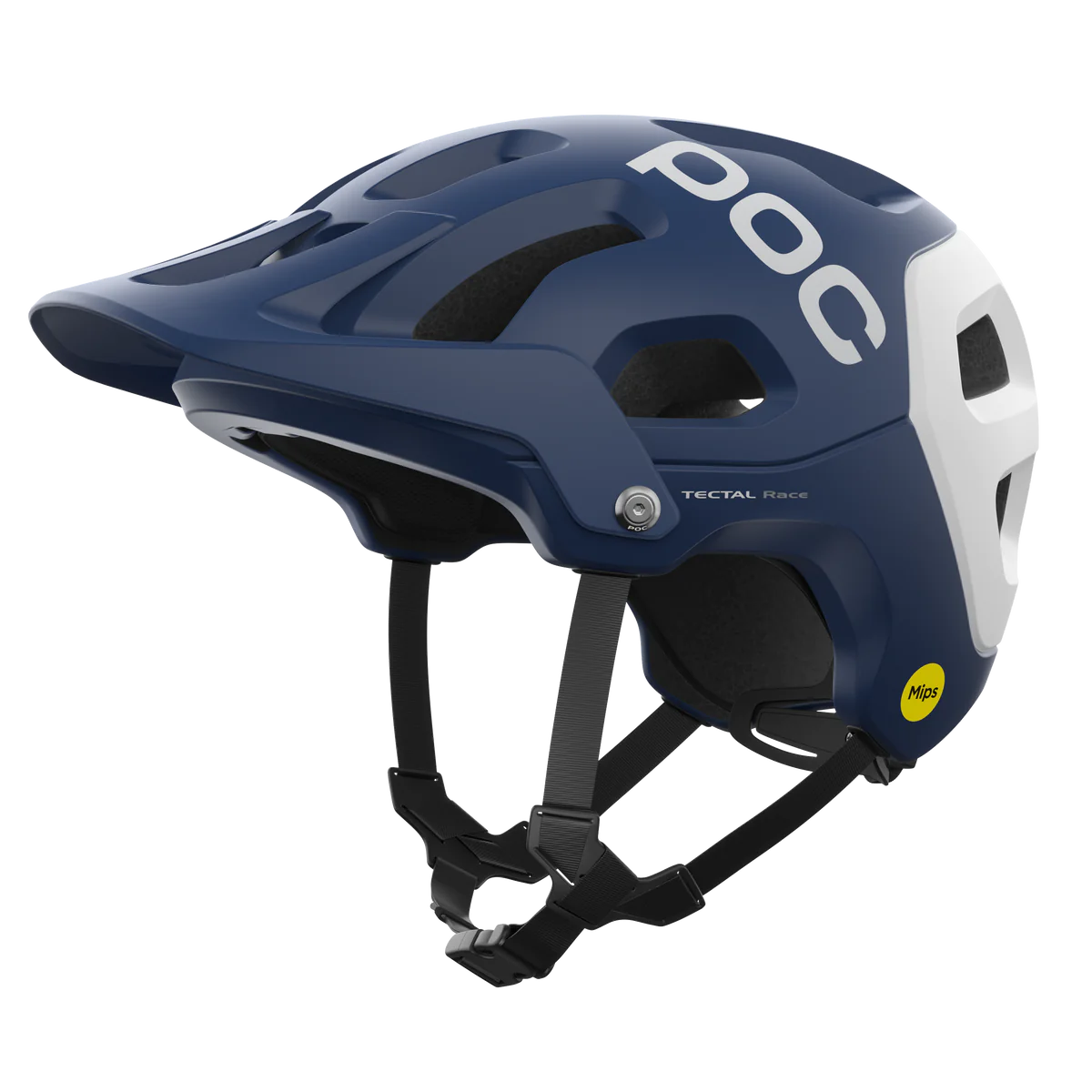
The Role of Helmet Straps in Cycling Safety
The primary function of helmet straps is to keep the helmet in place during an accident. A helmet that’s too loose can come off or shift, exposing your head to potential injury. Conversely, a strap that’s too tight can be uncomfortable and distracting, which in itself can be a safety hazard.
Adjustment for Different Cycling Disciplines
The way you adjust your helmet straps might vary slightly depending on the type of cycling. For instance, in mountain biking, where the terrain can be quite rugged, ensuring your helmet is extra secure is critical. In contrast, road cycling helmets might be adjusted for better aerodynamics while still maintaining safety.
Dealing with Different Weather Conditions
Weather can affect how your helmet fits. In colder weather, you might wear a cap under your helmet, requiring looser straps. Conversely, in hot weather, as you sweat, your helmet might fit differently. Always adjust your helmet straps to accommodate these changes.
Replacing Worn Out Straps
Helmet straps, like any other part of your cycling gear, can wear out over time. If you notice any fraying, loss of elasticity, or damage to the buckle, it’s time to replace the straps. Riding with compromised straps puts you at risk.
Observations on Helmet Strap Adjustment Importance
Throughout my cycling journey, it’s become clear that many cyclists, especially those new to the sport, often underestimate the importance of proper helmet strap adjustment. Instances where helmets have come off during falls due to loose straps are not uncommon. Such scenarios underscore the critical nature of helmet security for injury prevention.
The Necessity of Pre-Ride Checks
Another crucial aspect often overlooked is the pre-ride check. Ensuring that helmet straps are properly adjusted before embarking on a ride is essential. Loose straps can cause helmets to shift or even come off during rides, particularly on uneven gravel terrains, which can be hazardous. This practice is not just about comfort; it’s a fundamental safety procedure that can significantly affect the outcome of unforeseen incidents during a ride.
Gravel Helmet Models with Superior Adjustable Straps
- Giro Montaro MIPS: Renowned for its Roc Loc Air fit system, which offers outstanding adjustability and comfort, ideal for gravel riding.
- Bell Sixer MIPS: This helmet features the Float Fit Race retention system, providing precise adjustments with a rubber dial, ensuring a secure and comfortable fit.
- Smith Optics Forefront 2: Known for its VaporFit adjustable fit system, this helmet allows for tailored horizontal and vertical positioning, enhancing strap security.
- Specialized Ambush with ANGi: Boasts the Mindset 360 fit system, offering micro-adjustable fit with a 360-degree tension adjustment, perfect for the varied demands of gravel biking.
- POC Tectal Race SPIN: This model is admired for its size adjustment system, ensuring a secure fit while being very user-friendly, ideal for both beginners and seasoned gravel riders.
- Lazer Z1 MIPS: Features the Advanced Rollsys System, providing an easy-to-adjust, fully integrated mechanism for a snug fit, making it a top choice for gravel enthusiasts.
These helmet models offer practical options when considering helmets with excellent adjustable straps, further enhancing your safety and comfort during gravel biking adventures.
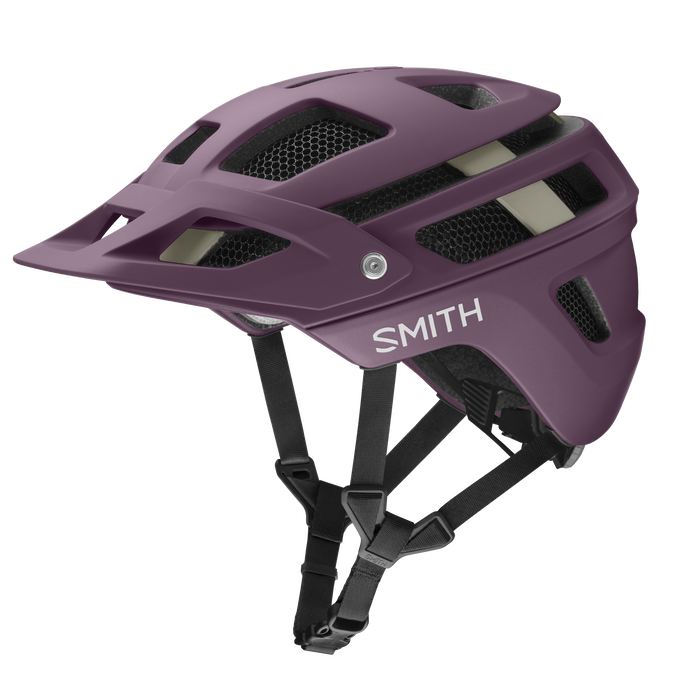
Conclusion: Safety in Straps
In conclusion, adjusting your helmet straps correctly is a simple yet vital aspect of cycling safety. Whether you’re a beginner or a seasoned cyclist, never underestimate the importance of a well-fitted helmet. Regular checks and adjustments can ensure that your helmet offers the best protection possible, allowing you to focus on enjoying your ride with peace of mind. Remember, when it comes to cycling, safety always comes first, and a secure helmet is your first line of defense.
John
FAQ
What kind of helmet do you wear on a gravel bike?
For gravel biking, it’s best to wear a helmet that offers a balance between ventilation and protection, such as a road helmet with additional coverage or a lightweight mountain bike helmet with good airflow.
Why do cyclists put cable ties on their helmets?
Cyclists put cable ties on their helmets as a makeshift deterrent against magpies and other birds during nesting season. The protruding cable ties are believed to discourage birds from swooping down and attacking the rider’s head.
Can bike helmet straps be replaced?
Yes, bike helmet straps can usually be replaced. Many helmet manufacturers offer replacement straps, or you can buy a generic strap kit that’s compatible with your helmet.
Should helmet strap be tight?
The helmet strap should be snug but not too tight. It should allow you to fit one or two fingers between your chin and the strap, ensuring it’s secure enough to stay in place without causing discomfort.
